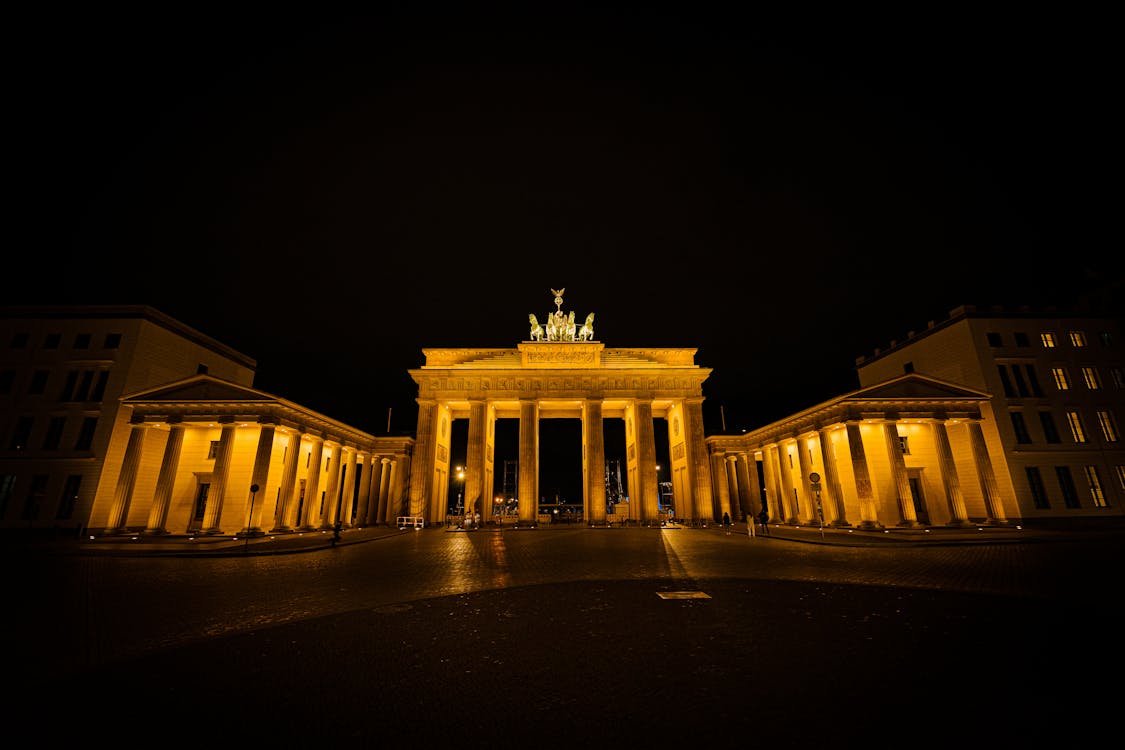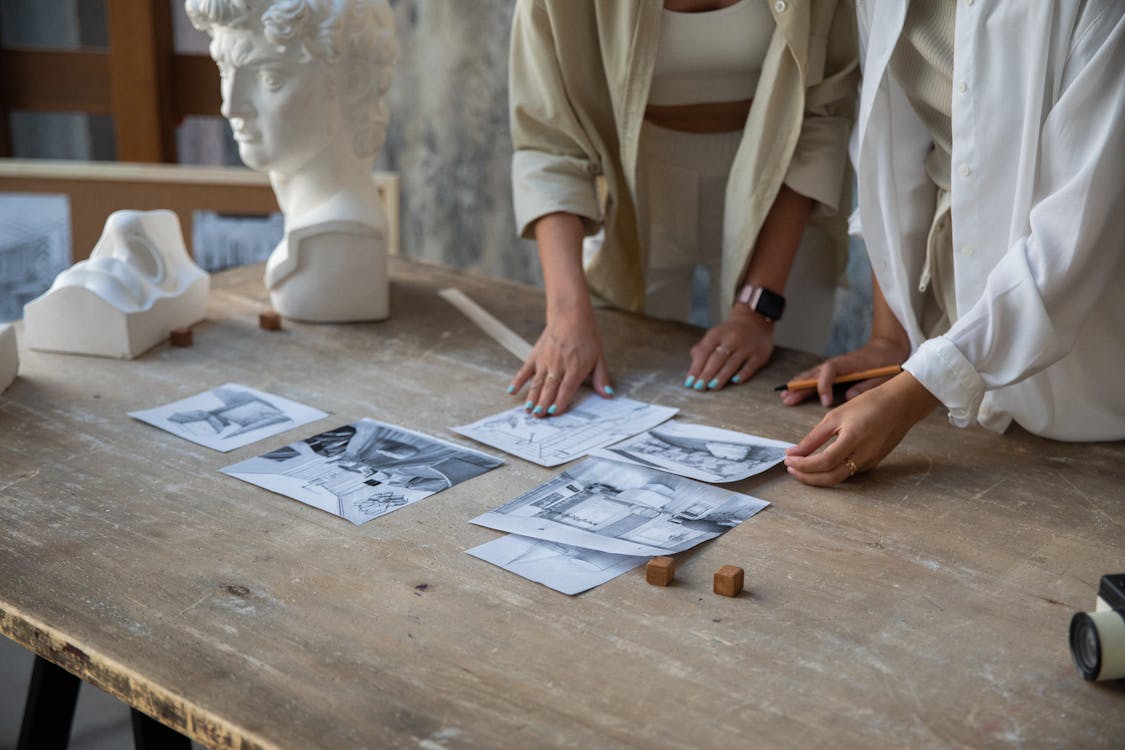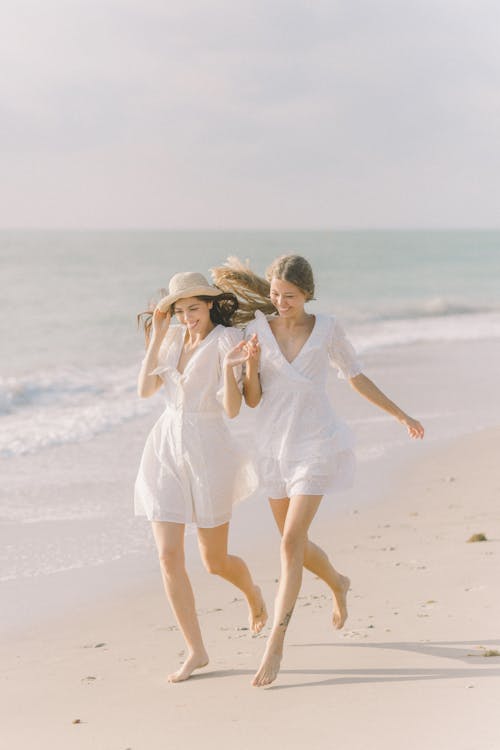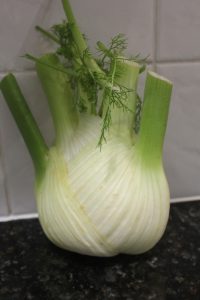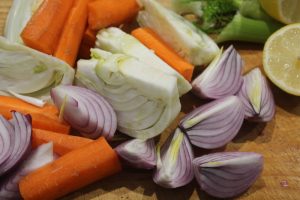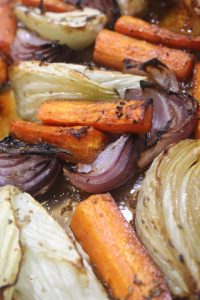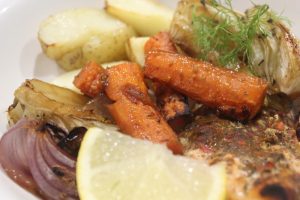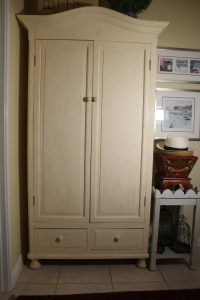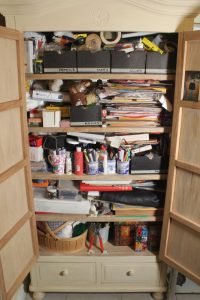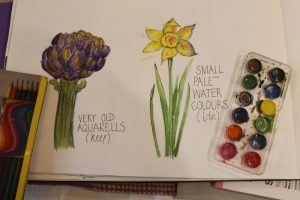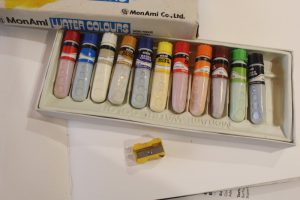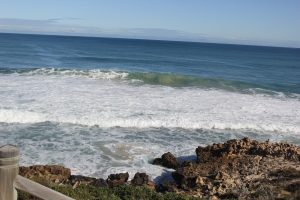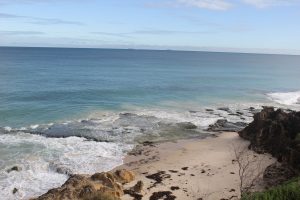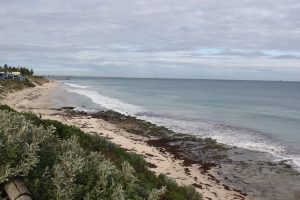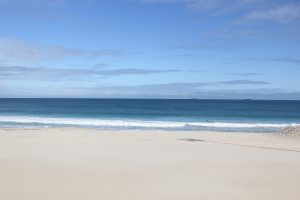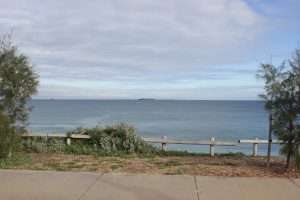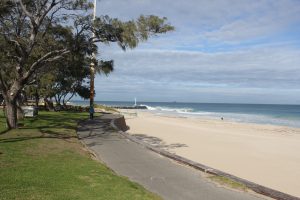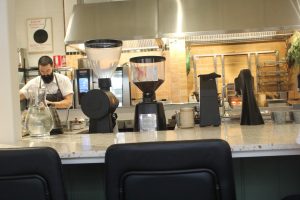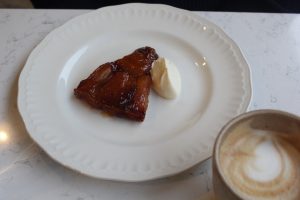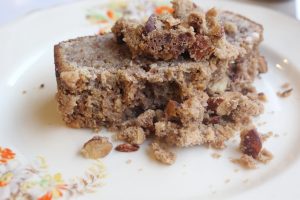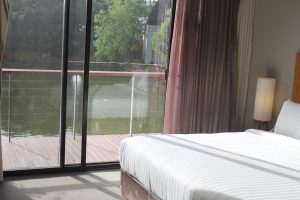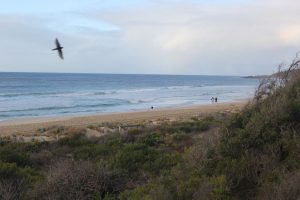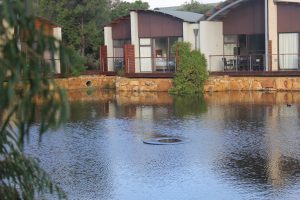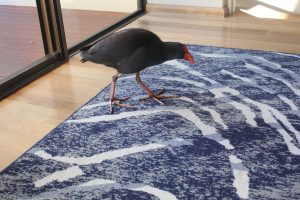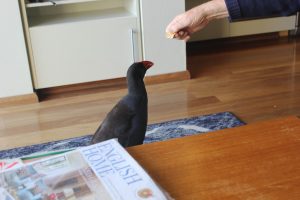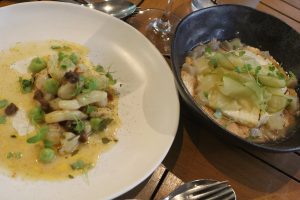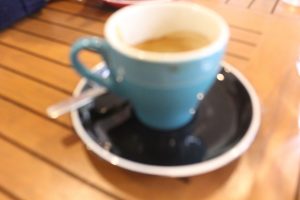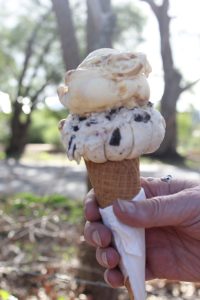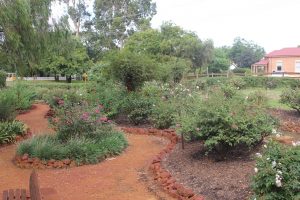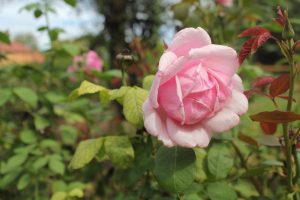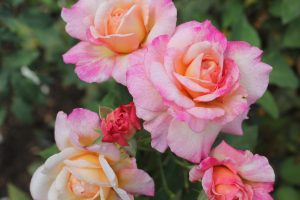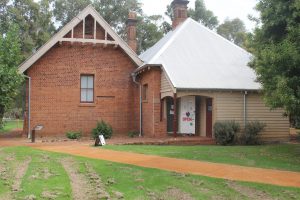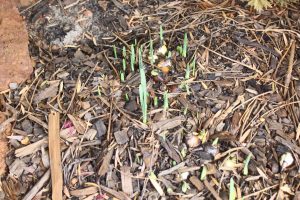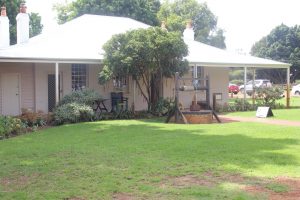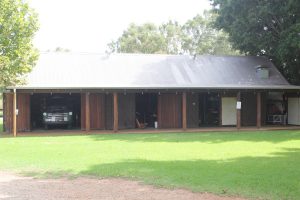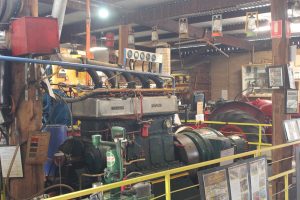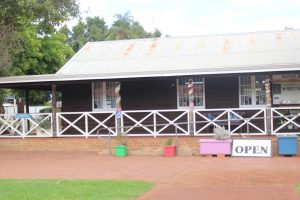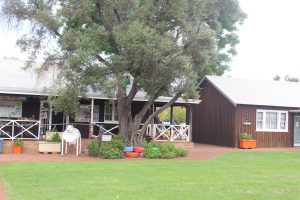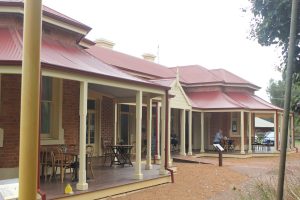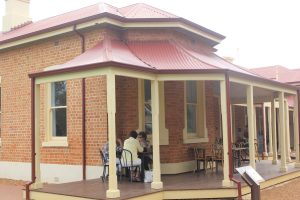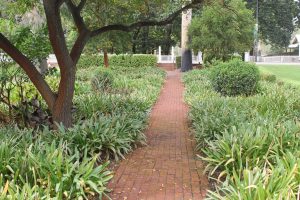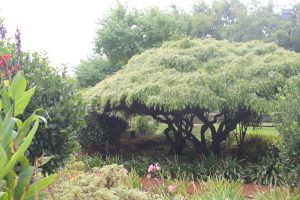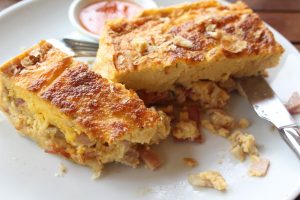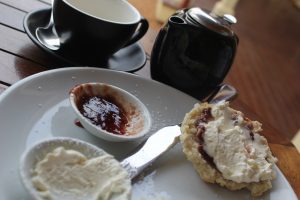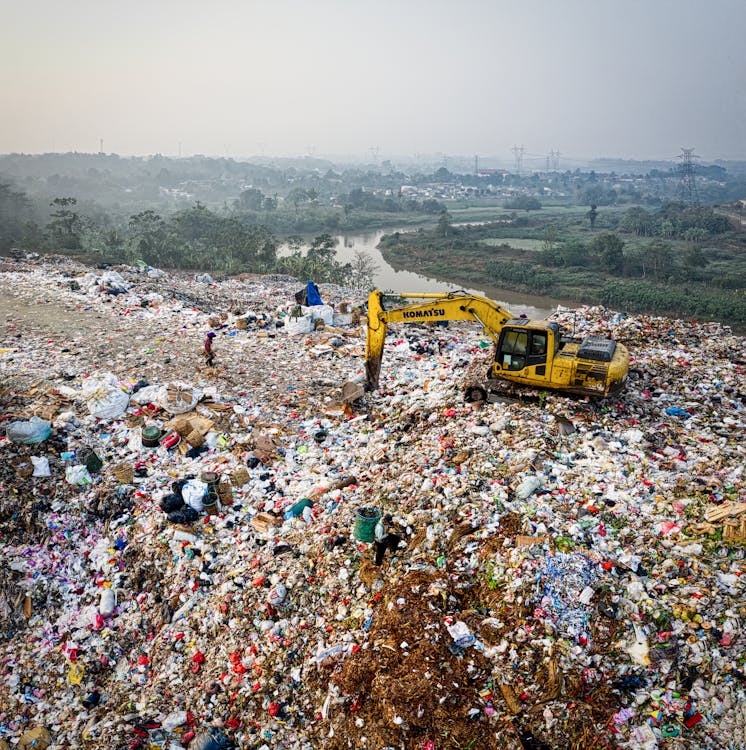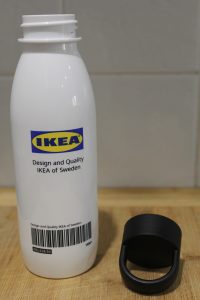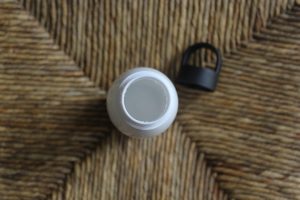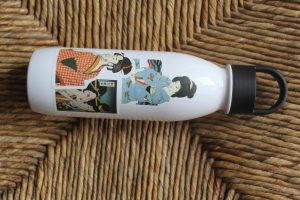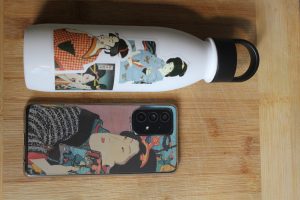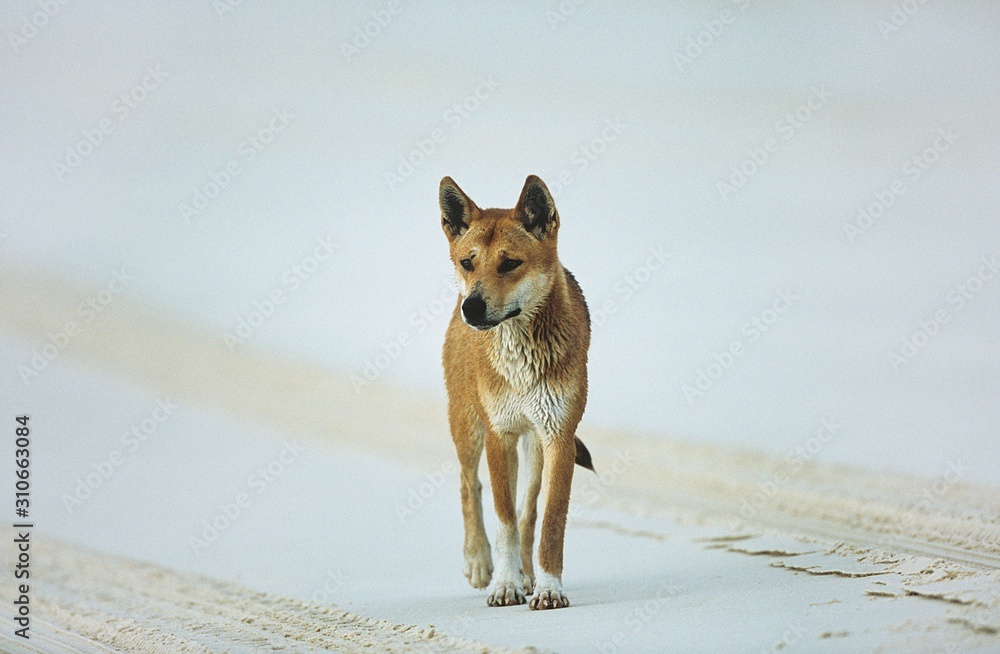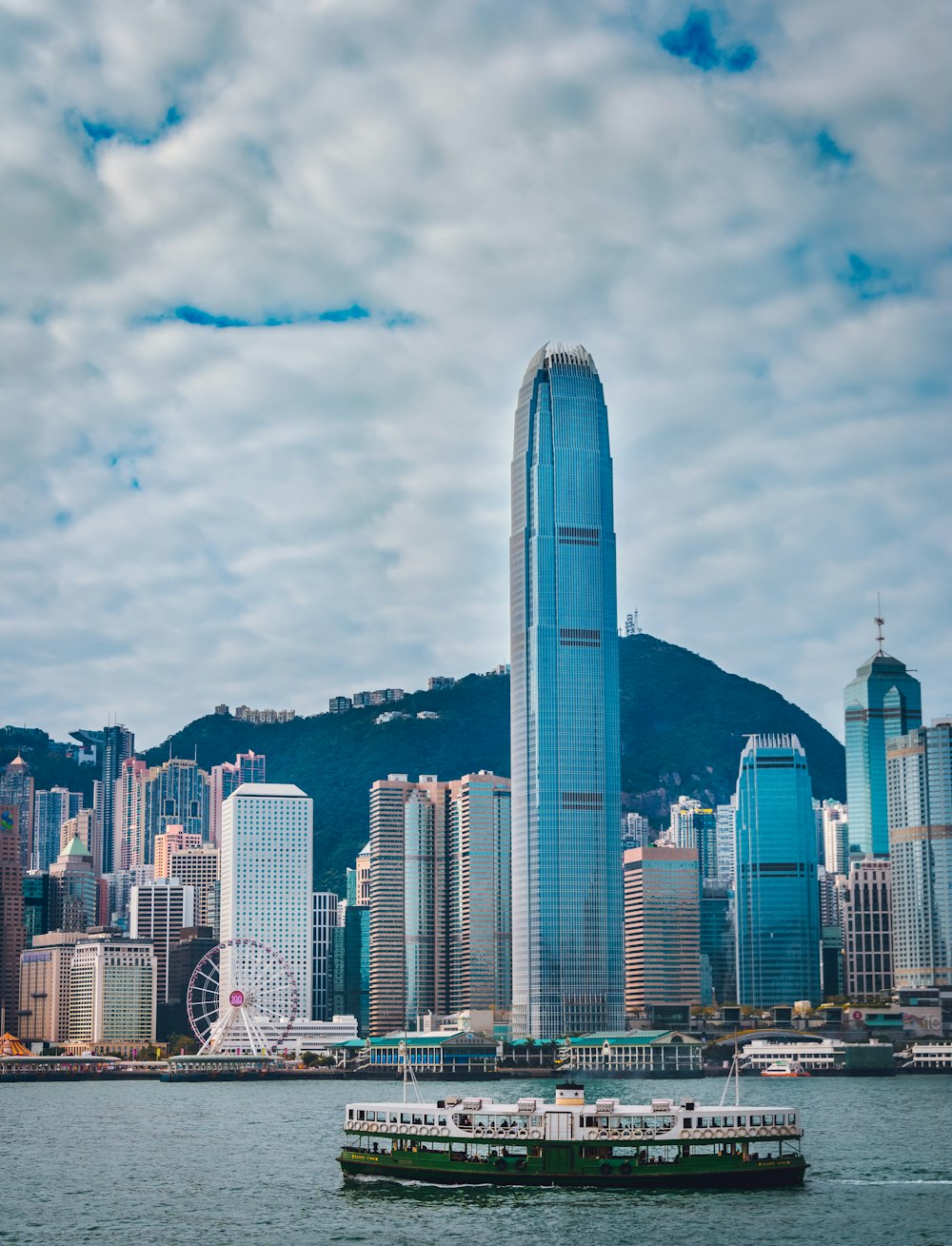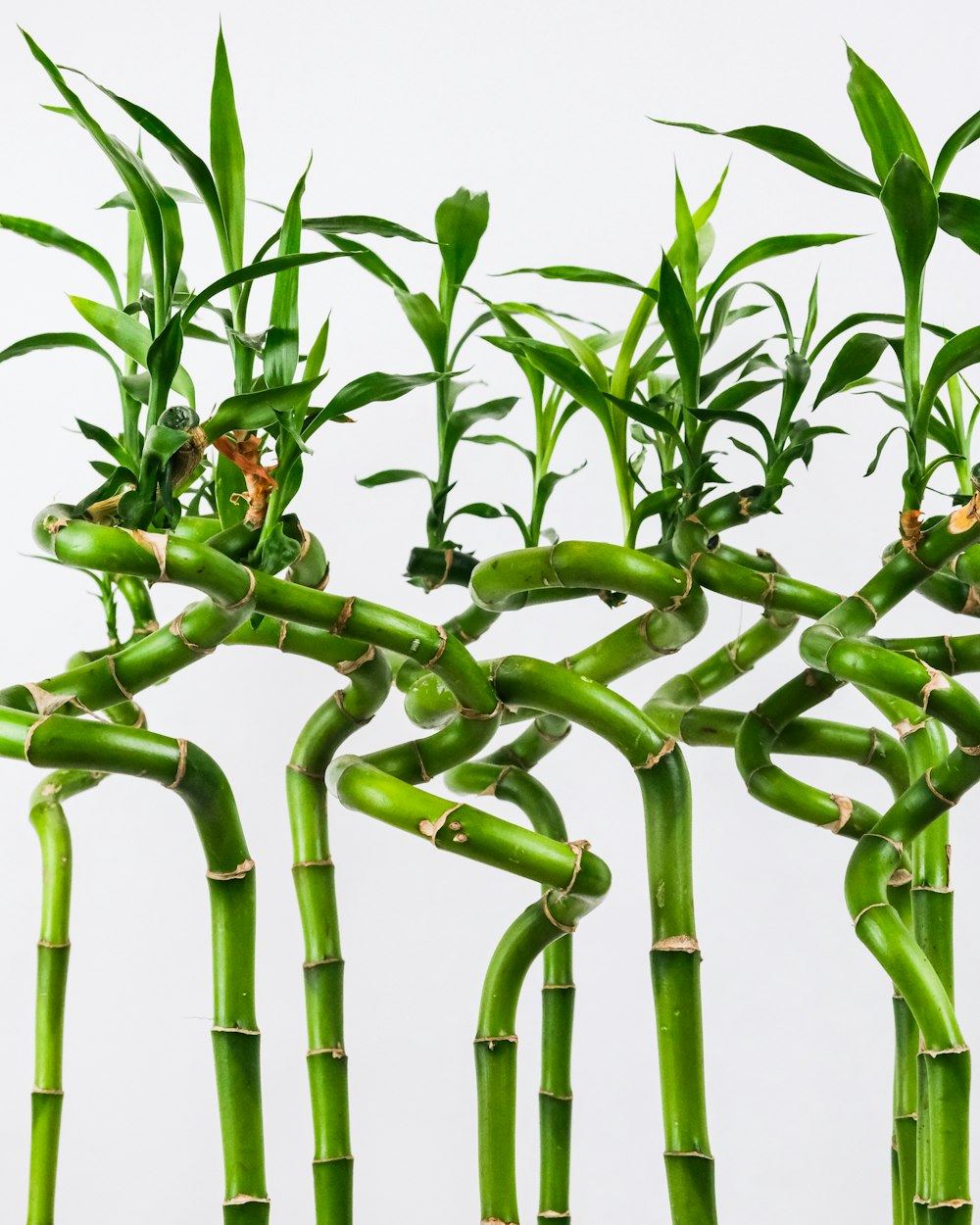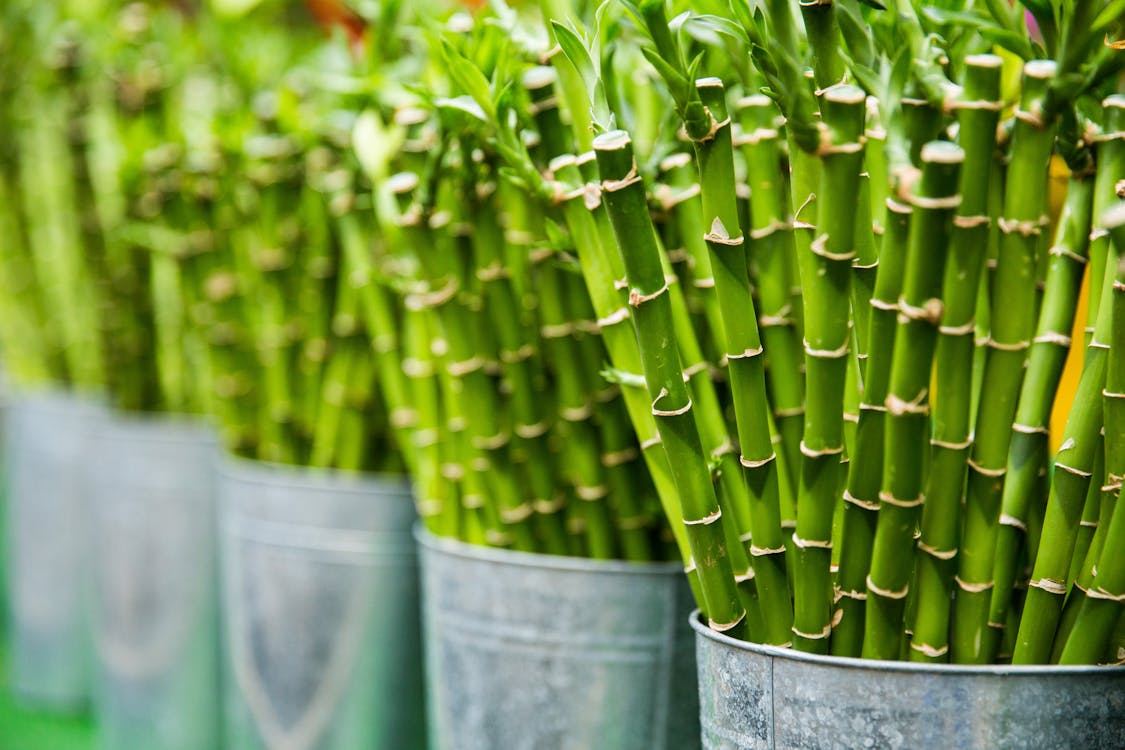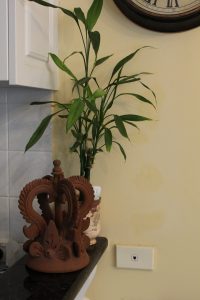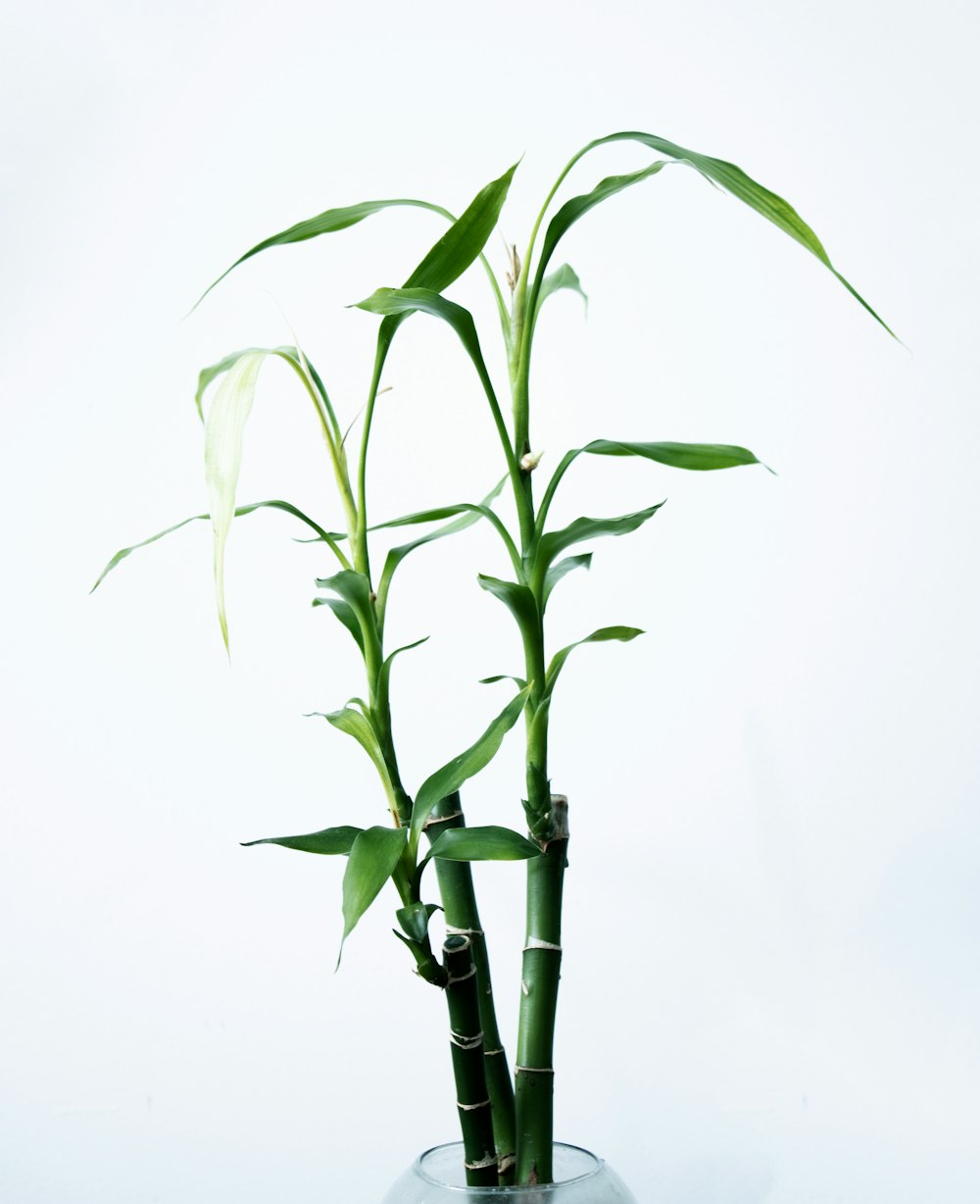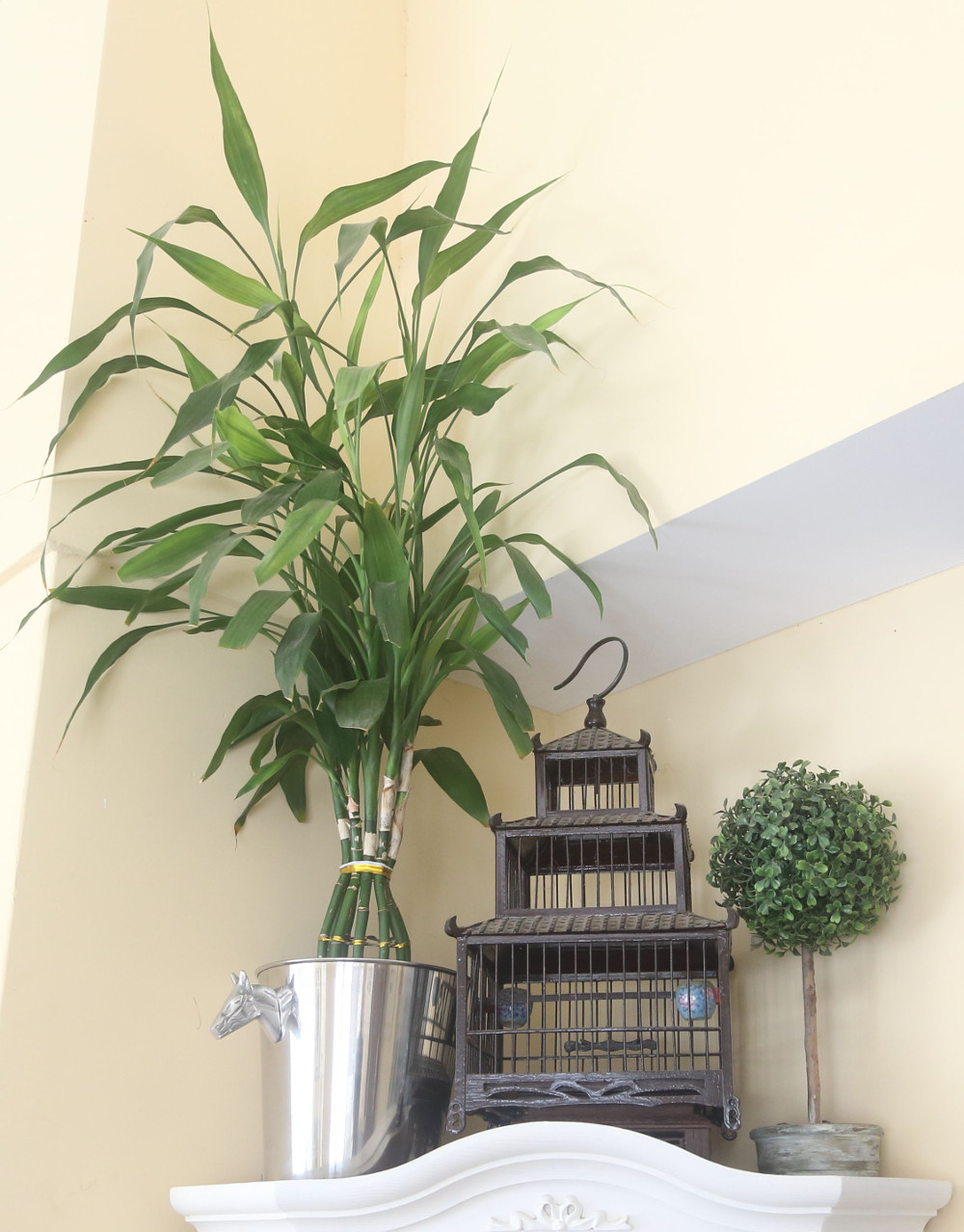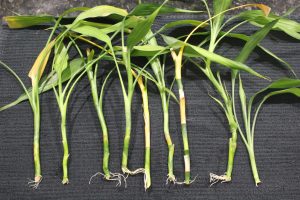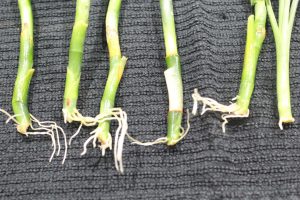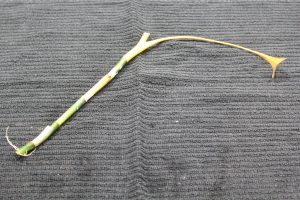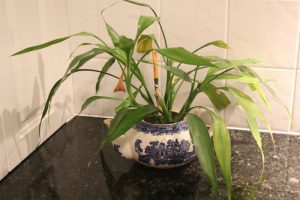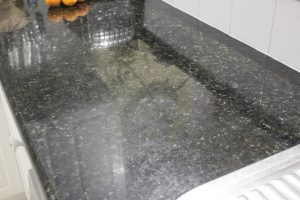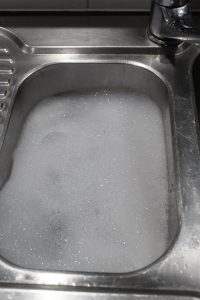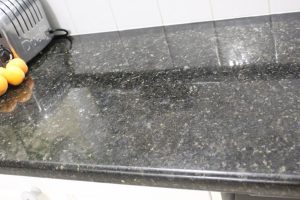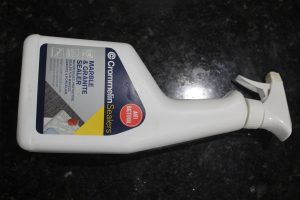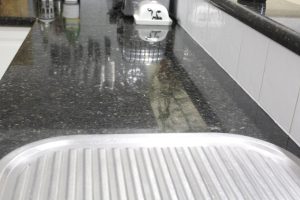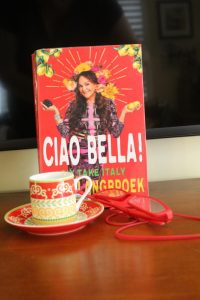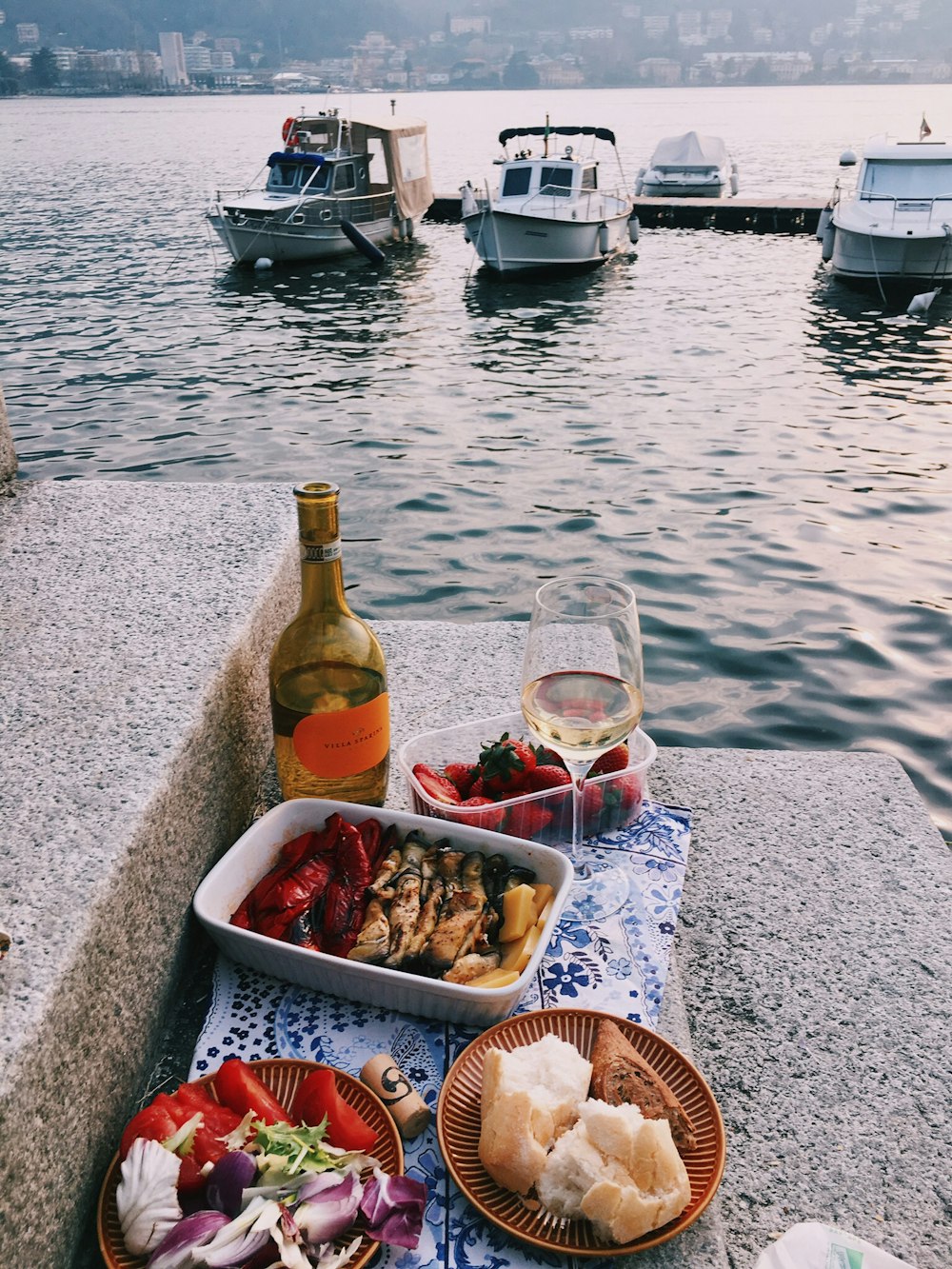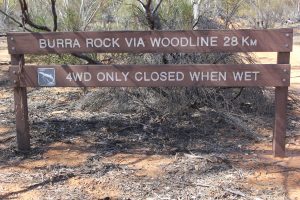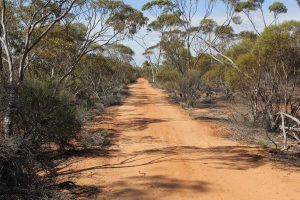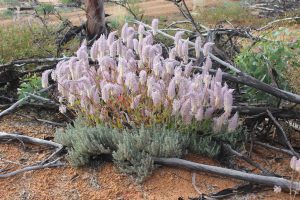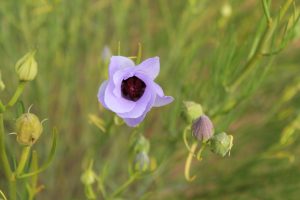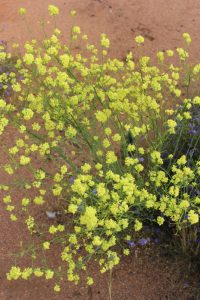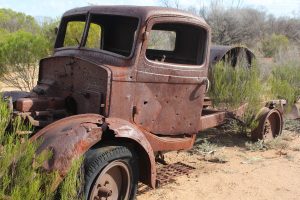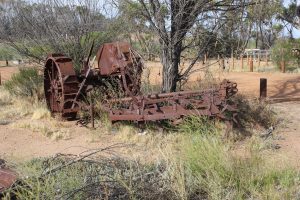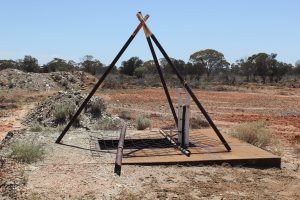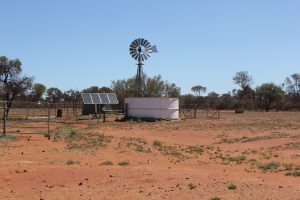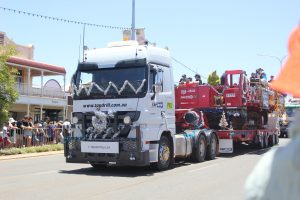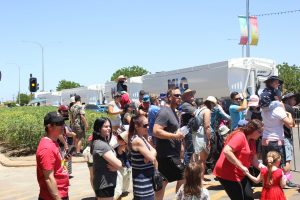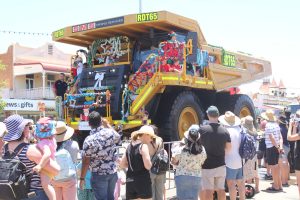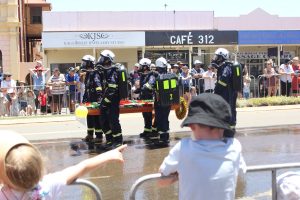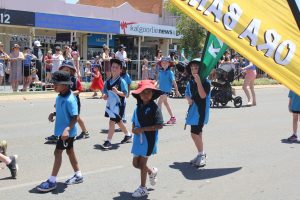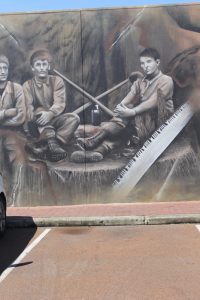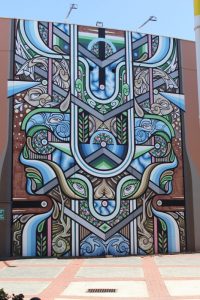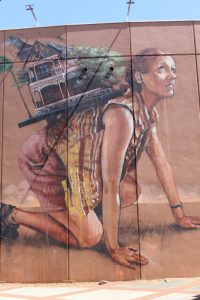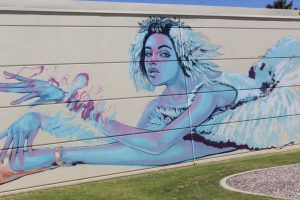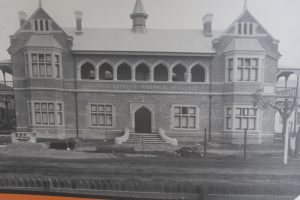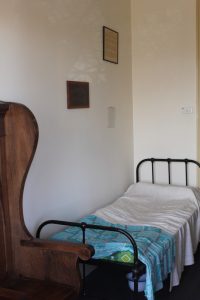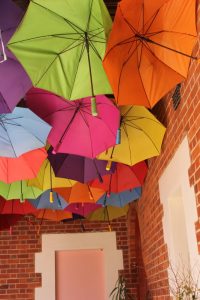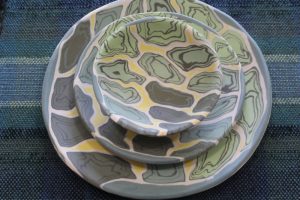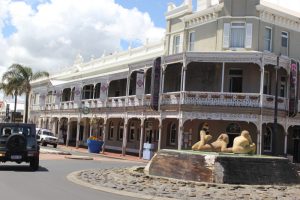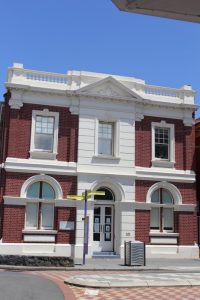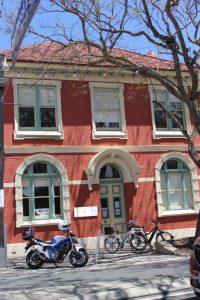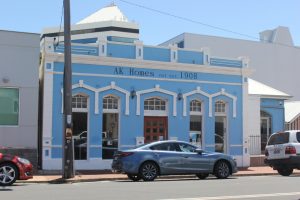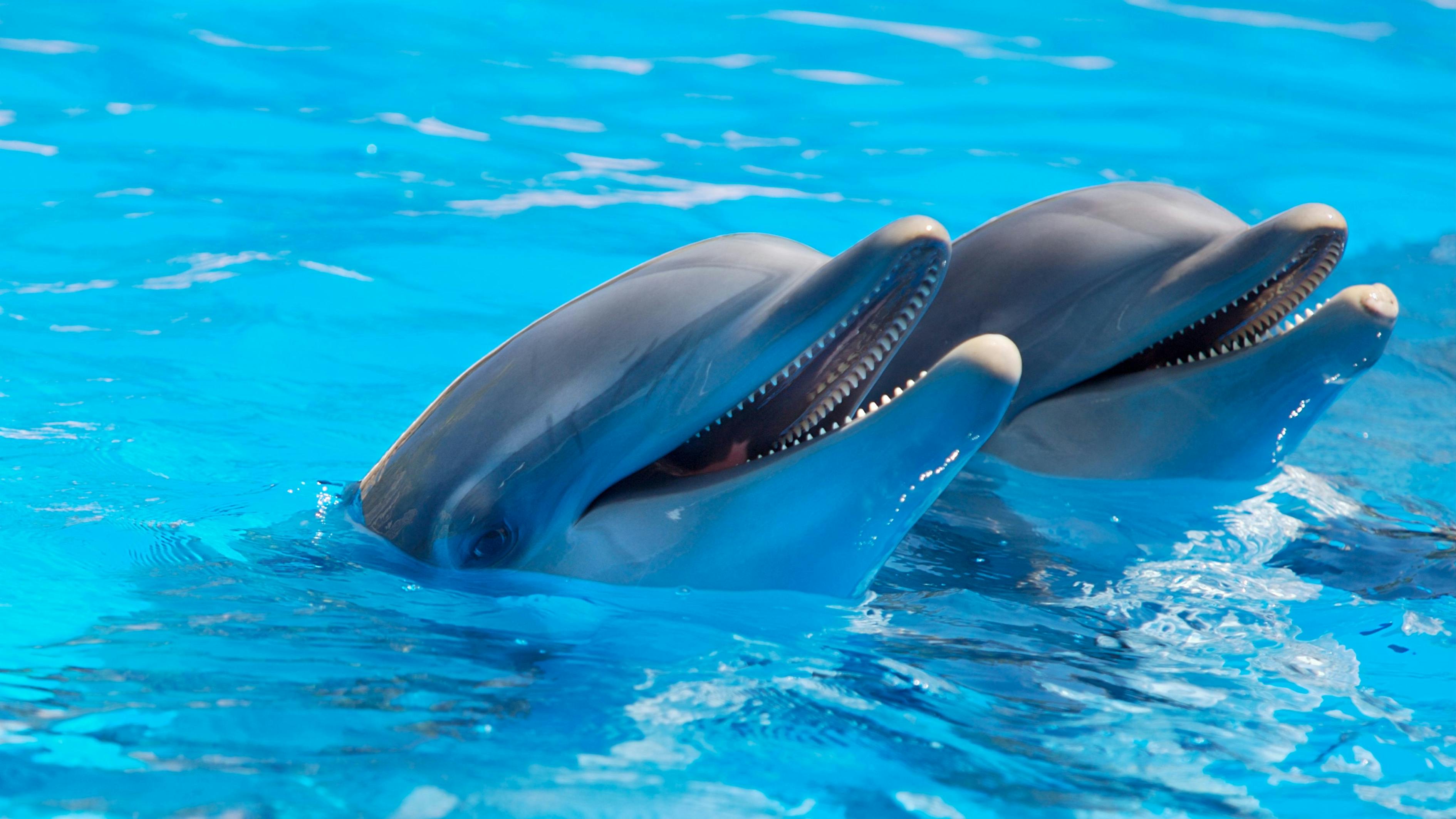open studios
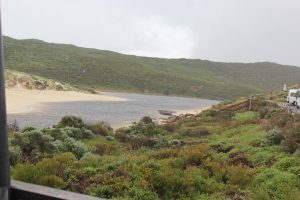

Margaret River just before it enters the Indian Ocean. Later in the day the wind was so strong there were little waves on the river.
Margaret River, south of Perth, is well known for it’s vineyards, restaurants and amazing surf but it is also home for many talented creatives. The Margaret River Region Open Studios is a wonderful fortnight when 168 artisans in the region open their studios. Visitors can watch them working, admire their work, chat about the process and also buy their products. The region is divided into four areas. Just as well as the project actually covers a large area.
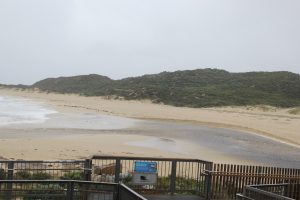

Lookout overlooking where Margaret River joins the Indian Ocean.
The four regions are Busselton and surrounds, Dunsborough and surrounds, Cowaramup and surrounds and Margaret River and surrounds. If you can spare the time, visiting one region each day and visiting about six studios seems to works best. Obviously, not everyone can commit five days including travel time if you’re outside the region, so it might be easier to focus on your particular interest.
Amongst the art works on display are paintings, sculpture, jewellery, ceramics, textiles, glass making, woodwork, photography, hat making, printmaking and even tattoos. Some studios have more than one artist displaying their work.
All the information is online, but we prefer a paper copy. To begin refining our plans for the week my husband and I mark the studios we’d like to visit, then select our joint bchoices by negotiation! This year I wanted to revisit one studio we went to last year; I’ve often thought about the artist’s work and wished I bought one of his prints last year and intended to this year.
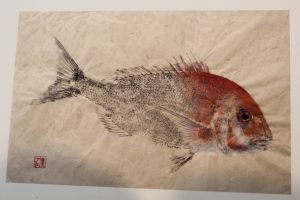

Adam Ashdown, the printmaker we revisited is an Gyotaki printmaker. This is an obscure form of 19th century Japanese printmaking begun about 100 years ago as a way for Japanese fishermen to record their catch. Using sumi ink they would coat one side of a freshly caught fish then carefully apply a sheet of rice paper before before rubbing it all over to print an exact copy of the fish.
I originally saw gyotaki fish prints in Dunsborough at Adam Ashdown’s open studio last year. Ashdown, the owner of Saltybones, has perfected gyotaki printing to record the fish caught locally around Dunsborough. Like the original Japanese printers, he also prints trophy fish for fishers pleased with the fish they’ve caught.
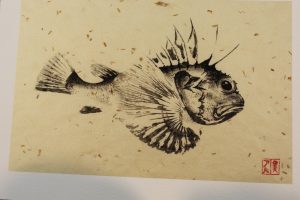

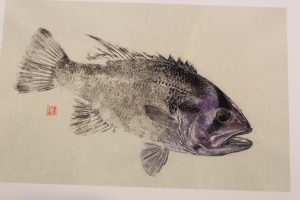

Leon Pericles is a well nationally and internationally. Visiting his studio and garden was a delight. He is a master printmaker, painter and sculptor with a wicked sense of humour. His displays and garden were so popular it was impossible to get photos but I photographed the entrance to his house and studio as I couldn’t capture the artwork, the whimsical landscaping nor the waterfall in the bush. 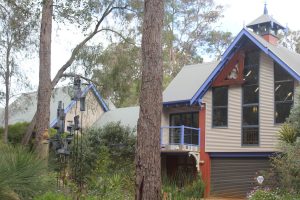

Another artist I first discovered years ago is Rebecca Cool. I have one of her paintings carefully stored somewhere but mislaid as we moved several times locally, then overseas and then returned to Western Australia and built a new house. By then we had the goods and chattels from four houses in storage and a container coming from overseas so many, many things are somewhere safe, but just where is a bit of a mystery.
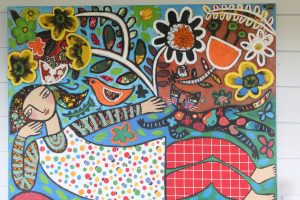

Apart from her artworks, Cool has illustrated several children’s books and has two more being published soon. Cheerful, happy pictures.
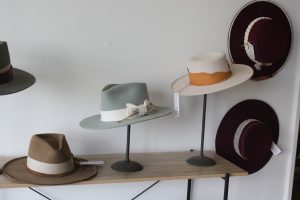

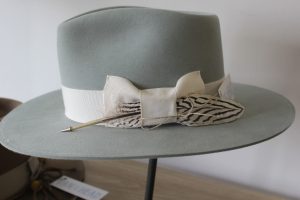

Milliner Kimberley Box makes a dashing range of ladies fur felt hats. Gorgeous designs and interesting to talk to her about becoming a hat maker. I’m pretty sure I’ll be back to see her next year!
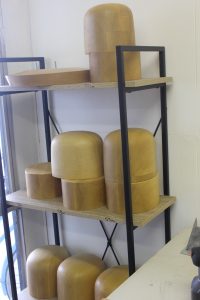

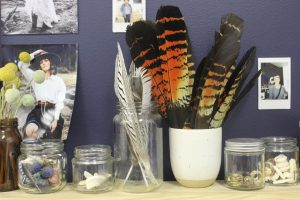

A collection of lasts and feathers and other decorations.
.There’s an enormous number of accommodation options in the south west. Putting up a tent is probably not one of them! This is the coldest I have ever been down here. There’s motels, hostels, many bed and breakfast places, resorts and lots of holiday houses to rent but you might need to book well ahead. Unfortunately, due to post Covid extreme staff shortages, finding venues open at lunchtime is tricky but most of the well known cafes and restaurants in towns and vineyards are open in the evening. There’s several supermarkets, lots of bakeries and light meals available in coffee shops.
HM Queen Elizabeth 11.
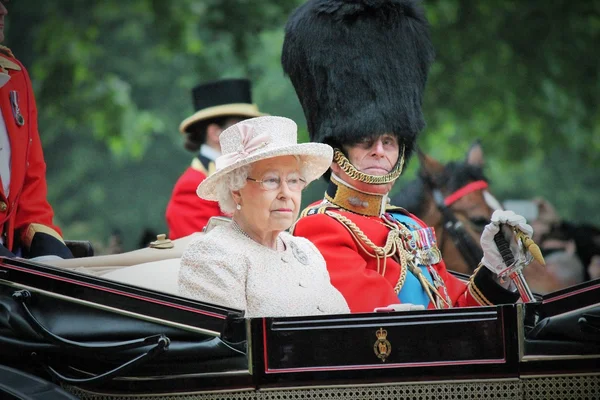
Image depositphotos.com
The Queen is dead, Long Live the King! A cry not heard since the death of Queen Victoria nearly 120 years ago. So much has changed profoundly in that time. For most Australians the Queen is the only Head of State we have known. Stability and certainty are reassuring during troubled times and our Queen will be sadly missed.
The best tribute was expressed by Paddington Bear, “Thank You Ma’am, for Everything.”



